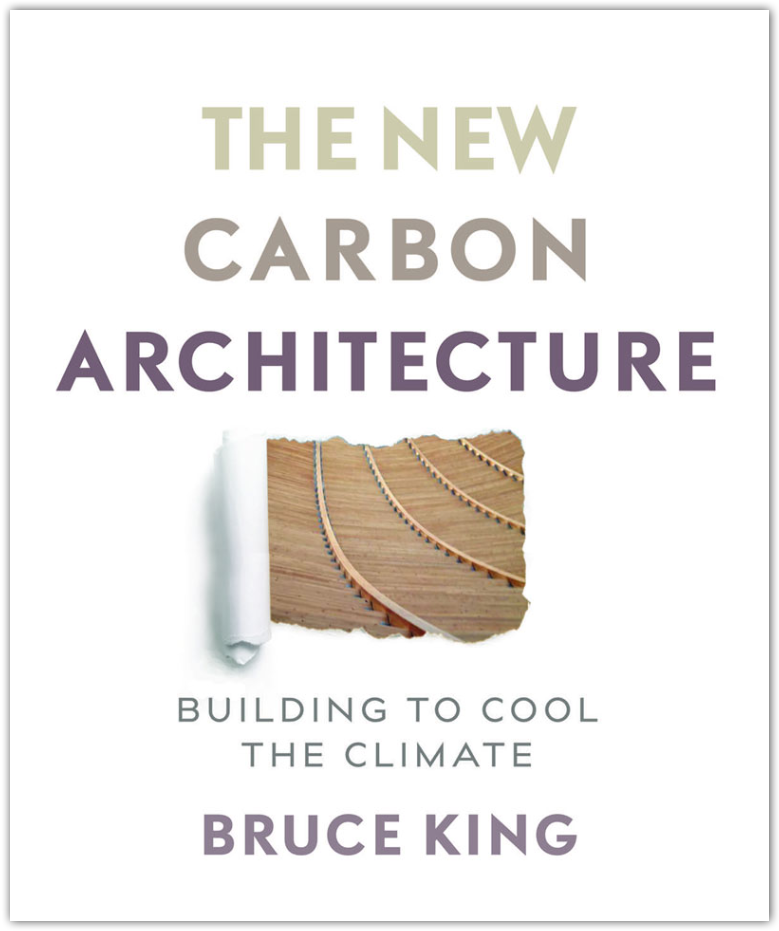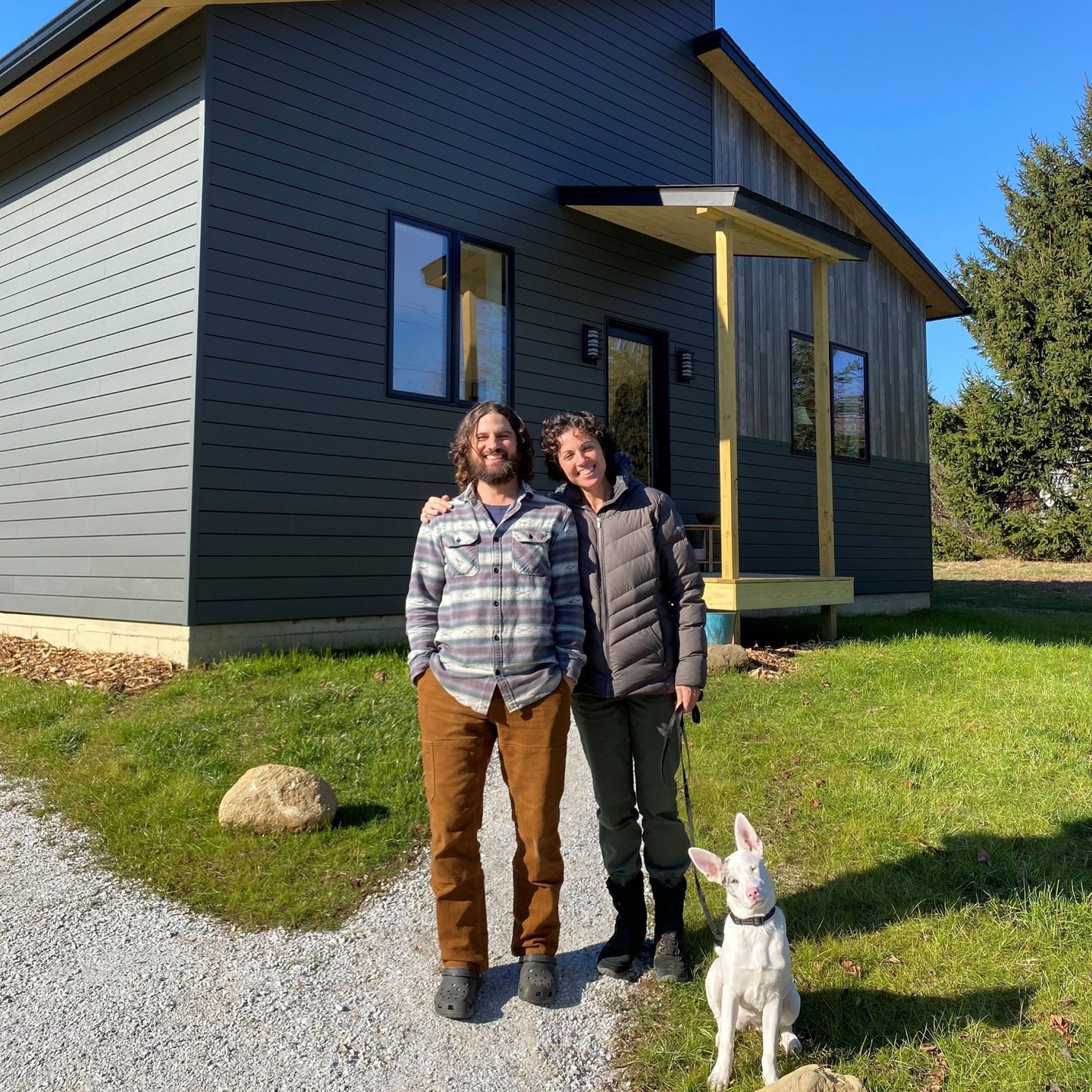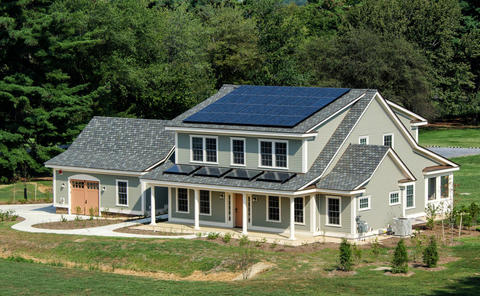
One of my favorite recent discussions on the The BS* + Beer Show followed a presentation I gave on what to look for in windows. Not only did I like the discussion because I was nervous about the presentation and learned that I didn’t complete flub the basics of window performance ratings, which it turns out are not that simple or reliable for making comparisons. I also enjoyed the chat because our panelists are experts in their field and were able to add significant nuance and refinement my rudimentary understanding on window technology.
Though opinions differ on the importance of window performance for energy efficiency vs. homeowner comfort, the durability of different window engineering, the best types of window operation and frame material, and pretty much everything else window related, there was one consensus: All windows are only as good as their installation. So, on this episode, we invited architect Steve Baczek and builder Jake Bruton to join us and dive into these details. And if you thought the debate was between a water-managed and face-sealed installation—spoiler alert—our panelists prefer a hybrid system. The amazing thing about how many windows are installed poorly, and leak, is that doing right isn’t actually that hard.
Enjoy the show!
The next show is Thursday, August 6, from 6 to 7:30 pm: Designing with Renovation in Mind. Joins us next week as we discuss an often overlooked topic, how to make design decisions in light of the fact that most homes will be remodeled, perhaps sooner than later. Are there ways to make building interiors easier to rearrange? Materials and assemblies that are easier to modify? Ways to minimize waste in the remodeling process that start at the design stage? Our panelists will be Tedd Benson and Andy Engel.
Tedd is founder and CEO of Bensonwood and Unity Homes. He is a modern timber-frame pioneer and has devoted his life to developing better ways to build. Tedd is a nationally known speaker and presenter and is the recipient of many awards, including an honorary doctorate from Unity College, and most recently, The Granite State Award in recognition of his statewide and national influence on best building practices.
Since 1979, Andy Engel has either been a carpenter wishing he was a journalist or a journalist wishing he was a carpenter. A former Fine Homebuilding editor, he currently works as a remodeling carpenter and as a freelance writer, including the musings in his blog “It’s Not That Hard,” here on GBA. Through his career, Andy has nailed together every part of a house from footing forms to finish stairs. He’s also remodeled two houses for his family, and built two others.
Use this link to register for The BS* + Beer Show.
The BS* + Beer Book Club
 Because the hosts of the BS* + Beer Show all love to read, we thought we would celebrate the authors in our industry by adding a book club to the show every few months. We’ll announce the book, give you a few months to get it and read it, if you haven’t already, and conclude with a BS* + Beer Show episode where we will invite the author to join us, present, and take questions.
Because the hosts of the BS* + Beer Show all love to read, we thought we would celebrate the authors in our industry by adding a book club to the show every few months. We’ll announce the book, give you a few months to get it and read it, if you haven’t already, and conclude with a BS* + Beer Show episode where we will invite the author to join us, present, and take questions.
The first book we’ll read is “The New Carbon Architecture” by Bruce King. Bruce will join us on the show on September 24.
Here’s a bit from Bruce’s publisher:
A tour de force by the leaders in the field, The New Carbon Architecture will fire the imagination of architects, engineers, builders, policy makers, and everyone else captivated by the possibility of architecture to heal the climate and produce safer, healthier, and more beautiful buildings.
I hope you will join us on September 24th as well.
Weekly Newsletter
Get building science and energy efficiency advice, plus special offers, in your inbox.















11 Comments
Very interesting to hear the Pro's saying they don't see a need for foam or backer rod in the gap for insulation value. My mind spins thinking of leaving nothing in the gap, and I picture it hurting the condensation resistance of the window frame.
I realize the wealth of knowledge and experience speaking in this panel, but has any lab testing been done comparing different approaches (empty gap vs. insulated vs. backer rod and caulk)? I picture this the same as deciding not to insulate any stud bays (gaps between studs) narrower than a certain amount, say 3".
I also feel similarly to insulating the window opening of a thick wall (1" foam around opening). While it may not be justifiable with energy savings, would eliminating that thermal bridge pay off in condensation resistance?
This all goes back to human comfort for me. I want to build so I can keep my indoor humidity as high as possible in the winter months, about 40% @ 73F (23C) at an outdoor design temperature of -13F (-25C). I'm not concerned about saving $9/year in energy costs, but it sure would be a shame if the window sills of my new build were the limiting factor in my indoor humidity potential after deciding not to spend $1000 to insulate them.
Lance, I think I may have been the one to bring up the idea of not insulating the construction gap? I don't recall clearly. It's an idea I have heard, possibly here on GBA, but have not used myself. I believe the research would be mostly related to window design--the space between glazing panes is optimized to reduce or eliminate convective currents. But in the case of windows, the delta T is across the narrow dimension, while in a construction gap the delta T is across the wider dimension. Short version: I'd love to see research on this topic, but in the meantime I'll keep insulating the gap.
I'm not sure what you mean by "insulating the window opening of a thick wall." In Passive House construction it's recommended to over-insulate the window frames, meaning bringing the exterior insulation over the face of the window frame. That reduces the thermal short-circuit from exterior jamb to interior jamb, as well as through the window frame itself. I agree that it doesn't make financial sense to spend $1K to save $9/year, but in your case you need to keep surfaces above about 45°F to prevent condensation, and I don't think I'd trust leaving the construction gaps unfilled without seeing some solid research.
My thoughts exactly, Mike. I subscribe to the Home Performance YouTube channel where Corbett is building a high performance home. He specifically stated that he saw no need to insulate the gap between window and frame. If I remember right, he may have even claimed there was no research to back up the need for insulation in that gap, but that's based on my memory of something he said in the comments - may not be accurate.
Perhaps this is a good question for a window company? Perhaps they have a testing rig they could/do use to verify installation techniques?
"...bringing the exterior insulation over the face of the window frame."
This is what I was referring to. My plan was to insulate the window box with 1" foam all the way from the interior vapor barrier to the outside air barrier, having both barriers overlap the foam and attach in the middle. This is with flangeless windows installed at about the midpoint of a double-stud wall.
You should check the recent This Old House episode on which they teach how to install windows. Christine Williamson was invited and she said it was better to leave the gap empty rather then filling it with air impermeable insulation. The impact of the insulation is insignificant but an air gap helps protect your window because of pressure moderation. Don't know if it applies to air permeable insulation though.
Alex,
Here is the link: https://www.youtube.com/watch?v=pDa2yVaLXQE
It's around the 19 minute mark.
Her primary argument is that we should prioritize drainage and drying around the window over thermal. Her secondary argument was the gap acts to equalize pressure, much like a rain-screen cavity does.
She did say you could fill the inner part of the gap with foam, as long as you left the outer-part clear.
That was an excellent video with Christine. I am installing windows now and asked for no spray foam there, just backer rod and sealant. But it is hard to know for sure what to do when some of you still do the spray foam. We need someone to do a test hut both ways.
“[Deleted]”
Thanks for sharing that Malcolm, good information.
Thanks Alex and Malcolm! It starts at 16:30
Christine really drives her point home well, clearly explaining the physics behind the solution. Too bad she missed this episode of BS+Beer! Her solution is similar to what Steve Baczek (I think) was speaking about with regard to priorities; Water, then air, then thermal.
After watching this I have two questions:
1. How does this approach change for a flangeless window that's installed at the midpoint of a deep wall assembly? Specifically, how do you work around the shims that hold the window in place, and how do you leave the window sill "open" without leaving a honking big 1/2" gap there for bugs to get into?
2. Can the air seal (backer rod and caulk) be installed farther outboard, say aligned with the glass, and then only foam the interior side? This would keep an air chamber for drainage, just a slightly narrower chamber.
Christine has been on as a guest before and I'm sure we'll ask her to join us again. Sounds like there's more window stuff to discuss!
ASbsolutely - thanks Mike!
Log in or create an account to post a comment.
Sign up Log in